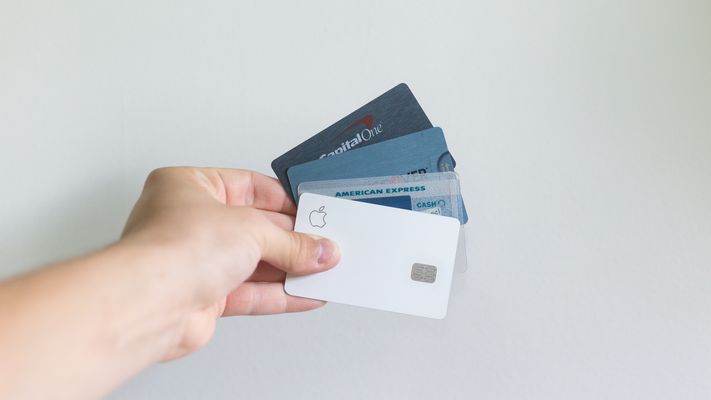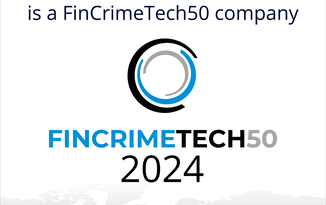Experian, the UK-based consumer credit referencing agency, reported that credit card application fraud rose significantly in Q4 of 2022, reaching its highest level ever.
Experian reported an 18% increase in fraudulent applications for credit cards during the three-month period, with a significant number of applications including the misuse, cloaking or altering of personally identifiable information to gain access to credit.
Application fraud has risen sharply as a result of the current cost of living crisis plaguing the UK and other countries.
The data comes as a consequent research project engineered by Experian and the National Hunter Fraud Prevention Service comparing data to the previous quarter. The rise shows the concerning need for both consumers and lenders to improve fraud prevention functionality during the application process.

According to the report,
According to the report, 27% of all applications are now classified as first-party fraud, which refers to situations where an individual provides untrue information or misrepresents their identity in order to gain access to a product under more advantageous conditions, without any intention of repaying it.
Technology being employed by companies to prevent application as early as possible
Research conducted by Homeppl has found that 91% of fraud stems from the manipulation or faking of financial documents such as bank statements, payslips and investment portfolios.
It’s becoming essential for lenders to find fraud as early as possible so it doesn’t become costly or clog unnecessary operations output making the business less efficient.
Most lenders still want to grant lines of credit to consumers who dispute the cost of living crisis. After all, this is how they make their money. They just want to be able to do it safely.
Available through an API or web app, Homeppl’s document checker tool, Fraud Finder, instantly verifies authentic documents and highlights modifications to bank statements, payslips, utility bills, investment portfolios and pension statements.
Above is a video that uncovers the truth behind a Bank of America bank statement that was submitted as part of a credit application. To the human eye, the bank statement looks sound. To the Fraud Finder, we see that this document has in fact been edited 15 times. All 15 versions can be uncovered and downloaded by the lender as proof.
Payslip fraud is no different. There’s been a 54% increase in the use of fake payslip to gain access to tenancies. This trend is similar across all financial products.
Here we see that a consumer has inflated his gross and net pay and altered his name and the company name. Our font detection tech has highlighted irregularities on this payslip which is demonstrated by the red and green highlights. All text should be consistent with the font marked red and has clearly been edited to present this applicant as financially viable.
The demand for consumer credit is rising as the national belt tightens. Lenders can not afford to be offering credit to fraudsters and financially risky consumers who purposely try to deceive to secure favourable financial terms.
To give this tool a try, simply sign up for a technology demo here, and we’ll test your documentation with you live and provide instant answers to authenticity and document integrity.
Read next:
Data in banking: Why lenders should make data & tech-driven credit decisions




